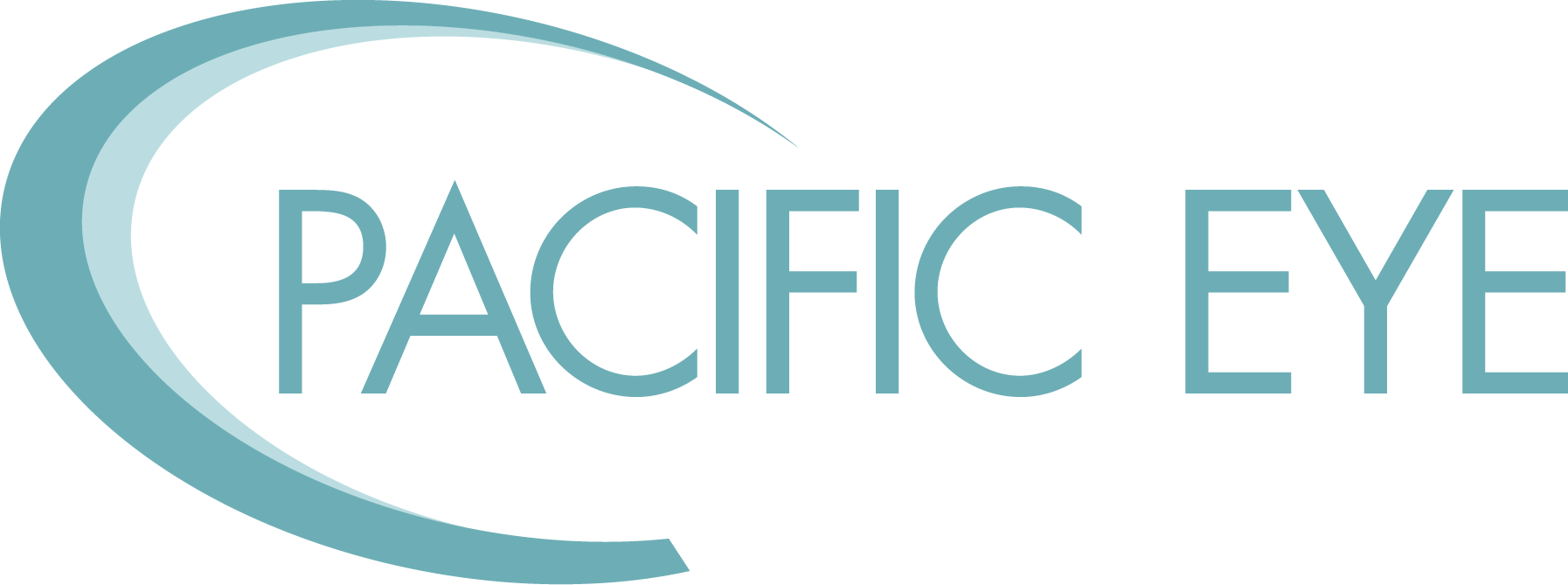
About 45 million Americans wear contact lenses. Contacts are extremely thin lenses that fit directly onto your eye, correcting common refractive errors without the hassle of wearing eyeglasses.
Contacts are a popular option for people of all ages. Most contact lenses are single-focus, which is perfect for treating blurry vision caused by myopia (nearsightedness) and hyperopia (farsightedness).
If you’ve noticed that your close-up vision is suddenly blurrier than it used to be and you’re over the age of 40, however, your contacts might not be working as well as they could.
Presbyopia is an extremely common condition that makes reading and detail work more difficult as you get older. Age-related changes make close-up vision blurry, but that doesn’t mean you have to start wearing reading glasses to see.
Our ophthalmology and optometry team at Pacific Eye are here to help. We regularly prescribe multifocal contact lenses for people with presbyopia and other refractive errors, so they can see more clearly at every distance.
How multifocal contact lenses work
Multifocal contact lenses have more than one eye prescription in one lens, and they work similarly to progressive eyeglasses. Traditional single-focus contacts have only one prescription, but multifocal lenses blend two or more prescriptions in a gradient effect to give you crisp vision at different distances.
The two main types of multifocal lenses are simultaneous and segmented. Simultaneous multifocal lenses have rings or specific areas of different prescription strengths. Segmented lenses are more like bifocal eyeglasses, which have your distance prescription on the top half and the close-up prescription on the bottom.
By looking through specific areas of the lenses, you can see clearly at a distance or close-up. Wearing multifocal lenses can eliminate the need for reading glasses, and it’s a convenient option for many people with presbyopia.
Just like single-focus contacts, there are many different types of multifocal lenses available. Depending on your preferences, you may be able to choose between daily, biweekly, or monthly contacts, and even contacts you can wear overnight.
Wearing multifocal contact lenses
If you’re interested in multifocal contacts, we can discuss that when you come in for your comprehensive eye exam. We use specialized tools and tests to diagnose your refractive errors and determine your eye prescription.
Many people with presbyopia and additional refractive errors like myopia, hyperopia, or astigmatism are good candidates for multifocal lenses. For example, if you’ve worn single-focus contacts for years and you’re newly diagnosed with presbyopia, multifocal lenses could give you clearer vision.
Our eye team reviews your prescription and discusses your lifestyle with you to choose the best type of multifocal lenses for your needs.
There is an adjustment period when you start wearing multifocal lenses, because it’s a different viewing experience than single-focus lenses, but most people adjust fairly quickly. Don’t hesitate to ask us questions and be sure to give yourself time to get used to the new lenses.
Choosing multifocal lenses could give you clearer vision at all distances with the convenience of wearing contacts.
To find out if multifocal contacts are a good solution for your eyes, contact us to schedule a consultation at your nearest Pacific Eye office in San Luis Obispo and Santa Barbara counties..







